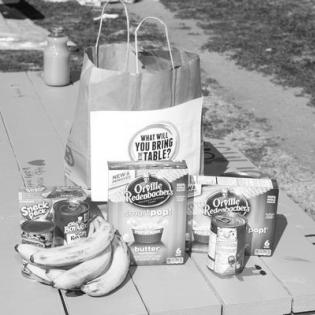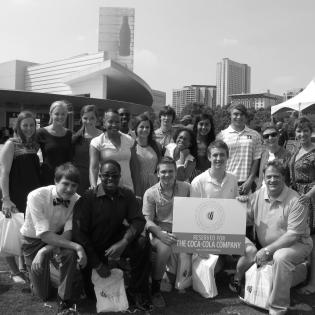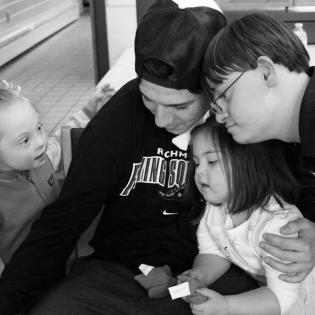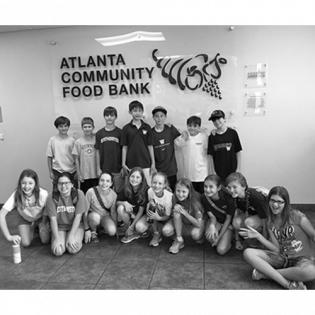Youth distinguish between public and private, and categorize a list of places as public or private. They determine their personal responsibility to care for public (common) areas and share their new understanding by making posters about taking care of "common" or public areas in...
Filter by subjects:
Filter by grades:
Filter by audience:
Filter by issue area:
Filter by content type:
Filter by resource type:
resource search
Explore how electricity is used and measured. Through data collection tables, young people analyze how much energy their families consume and reflect on ways to conserve energy.
We often hear about the importance of eating three healthy meals a day, however, some of us do not have the resources to even eat one. The problem with hunger and malnutrition is more complex than access to healthy food. It is complicated by multiple societal issues that we can address. Youth are equipped with a voice, heart, and hands to take big and small actions for a meaningful purpose to help raise awareness of and fight the issues of hunger and malnutrition.
Students learn from examples of people who have experienced a struggle and used surrounding resources to make something better for themselves and the people around them. Examples of "servant leadership" are taken from the Our State of Generosity...
We are taught to love all humans and help others, but as a society we tend to be less empathetic when we come face-to-face with someone experiencing homelessness and poverty. Breaking the general stereotypes associated with homelessness and poverty with information and ideas may greatly help individuals who are experiencing such struggles. This toolkit provides information, activities, and resources to help youth use their voice, heart, and hands to take big and small actions for a meaningful purpose.
An important part of philanthropy is grantmaking, which is a gift of money to a nonprofit organization that is doing good things in the community. This guide defines philanthropy, the nonprofit sector, foundations, and grantmaking and then explores the purpose and parts of the grantmaking process.
Every person has individual traits that make them unique and who they are. People with neurological or physical differences have often been seen as less capable or received services that separated them from others. Society is enriched when it embraces our differences as gifts and characteristics to understand and respect. Awareness can change attitudes, laws, and opportunities. Each young person has a voice, heart, and hands to take big and small actions to help us create a more inclusive world.
Video Clip and Discussion Guide: There are some needs that businesses can't address because they can't make a profit. There are some needs that government can't address because government speaks for the majority. The philanthropy (or nonprofit) sector addresses needs and opportunities that fall through the cracks.
Now familiar with how a community foundation serves the community, the learners form a Youth Advisory Committee and use parliamentary procedure to conduct business.
This lesson examines the connections between the five basic guaranteed rights in the Bill of Rights and their corresponding responsibilities. Participants explore the natual consequences of fulfilling, or not fulfilling, responsibilities connected to their rights.




